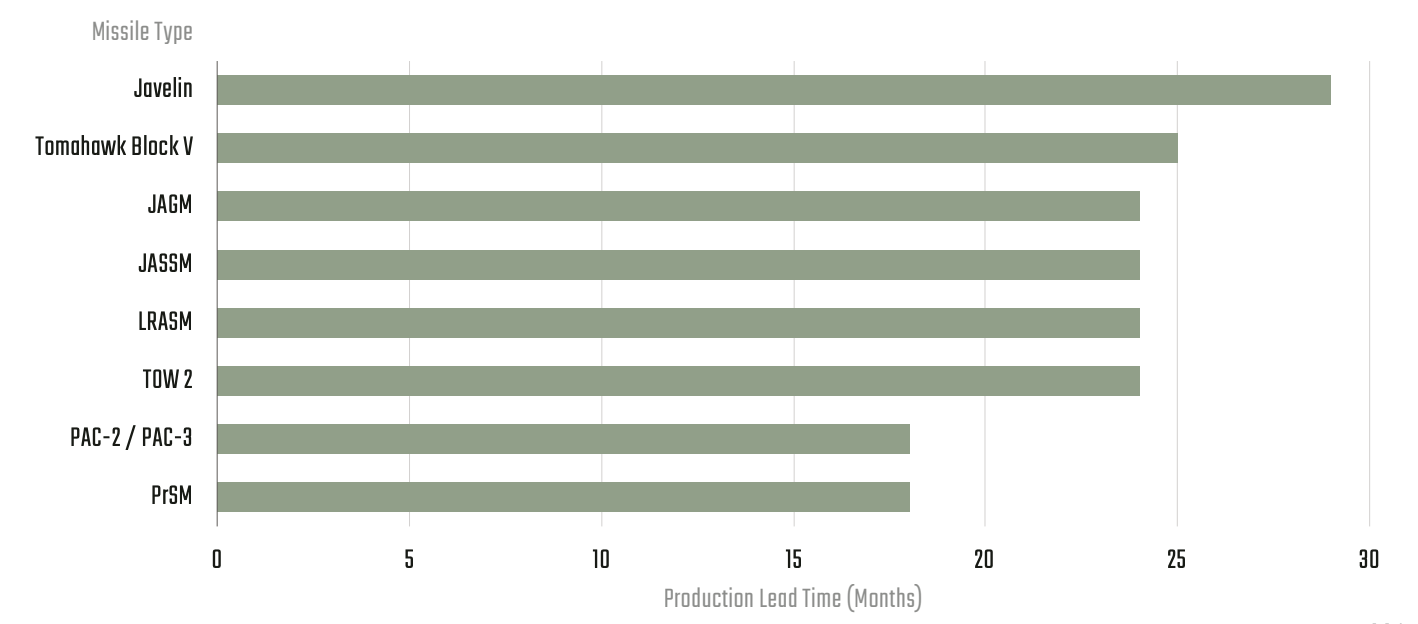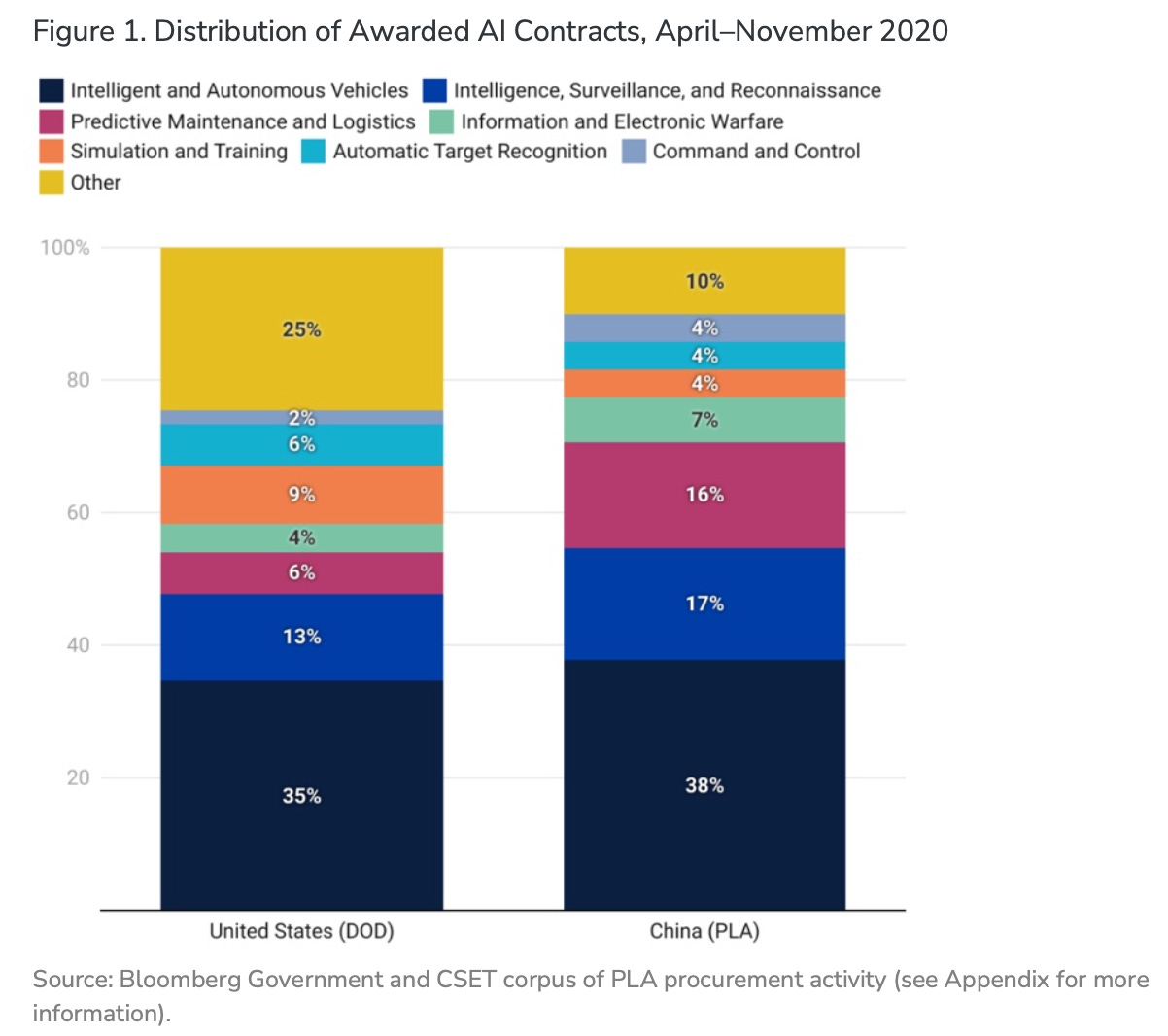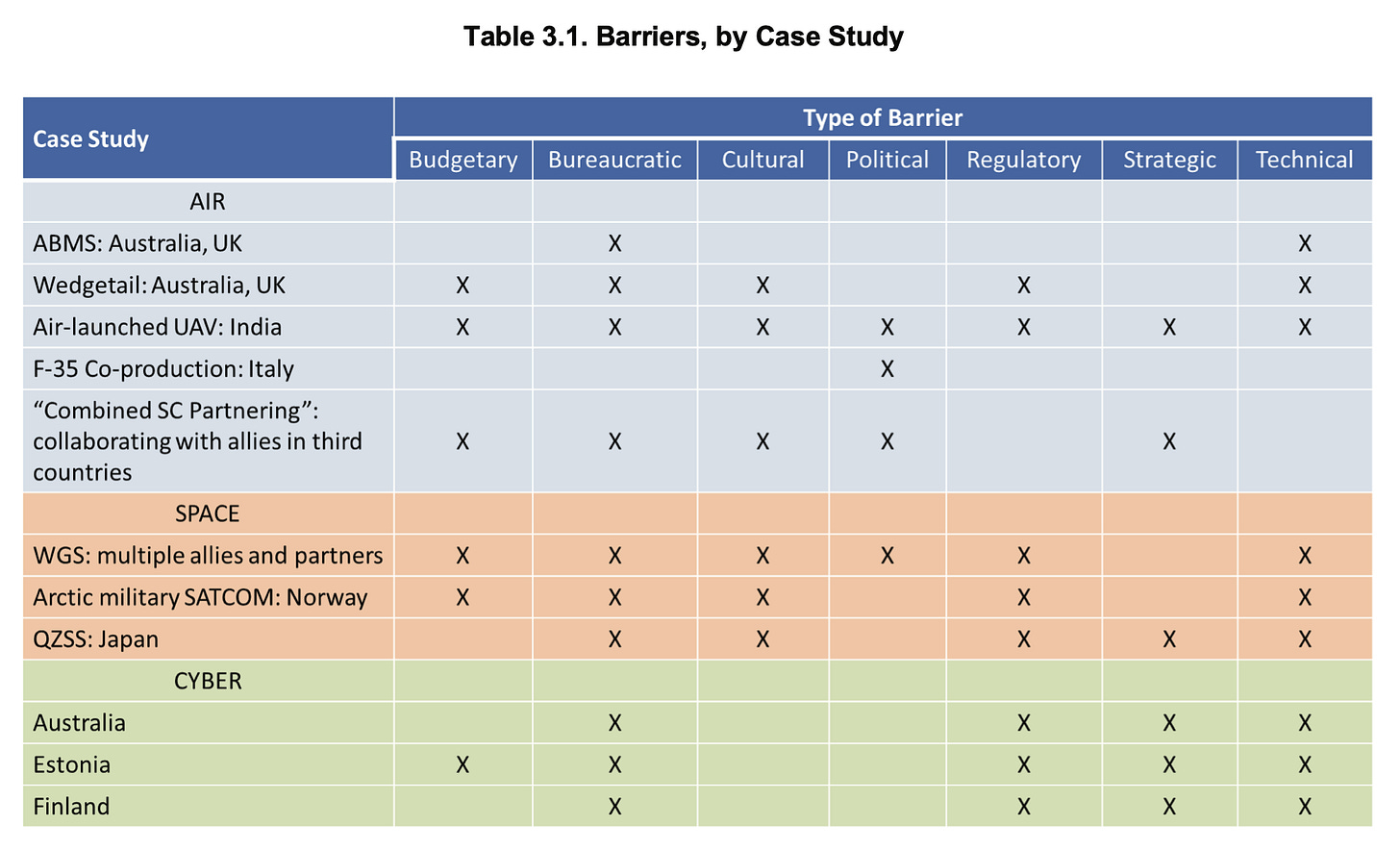Quick Tanks: The Best of Long-Form Defense Analysis, Briefly
A weekly review of the long-form content from the national security policy, defense policy, and related technology analysis community.
Good morning. Welcome to the first edition of Quick Tanks - a free contribution to the community interested in defense analysis.
This newsletter is a weekly collection and summary of the latest long-form analytic content on the topics of US defense, force structure, innovation, and policy considerations. We strive to aggregate all of the key sources of analysis and present brief, neutral summaries to help keep you informed. Should you feel inclined to learn more about any study, please reference the full report via the links provided.
In this inaugural briefing, you will find perceptive analyses of several pressing topics:
Alarming vulnerabilities in America's munitions stockpile
The mounting AI arms race as the PLA and US military vie for supremacy in AI technologies
Cracks emerging in U.S. alliances that could undermine security cooperation worldwide
The inaugural sponsor of the newsletter is the Hudson Institute’s Center for Defense Concepts + Technology.
Thank you for sharing and subscribing, and happy reading!
Empty Bins in a Wartime Environment
The Challenge to the U.S. Defense Industrial Base
by Seth G. Jones, Senior Vice President; Harold Brown Chair; and Director, International Security Program
Center for Strategic & International Studies
Link to report PDF; link to CSIS report page
Focus: Examines challenges facing the U.S. defense industrial base, including munitions production, in light of the war in Ukraine and potential major power conflict.
Analysis: Assesses publicly available data on weapons transfers to Ukraine, war games, interviews with government/industry officials, and policy documents.
Argument: The U.S. defense industrial base lacks capacity for protracted, high-intensity conflict between major powers. Stockpiles of key munitions are low, and production timelines are long.
Insights: U.S. would likely exhaust supplies of critical long-range missiles in about 1 week in a Taiwan conflict. It takes approximately 2 years to manufacture new LRASM missiles.
Recommendations: DoD should sign multiyear munitions contracts, streamline foreign sales, assess total munitions needs, and take other steps to expand production capacity and stockpiles.
Quote: "China is heavily investing in munitions and acquiring high-end weapons systems and equipment five to six times faster than the United States, according to some U.S. government estimates."
U.S. and Chinese Military AI Purchases
An Assessment of Military Procurement Data between April and November 2020
by Margarita Konaev, Ryan Fedasiuk, Jack Corrigan, Ellen Lu, Alex Stephenson, Helen Toner, & Rebecca Gelles
Center for Security and Emerging Technologies
Link to report PDF; link to CSET report page
Focus: Procurement data from US and Chinese militaries on AI technologies.
Analysis: Compares 300 US and 119 Chinese military AI contracts from April-November 2020 across 7 categories. Uses keyword search and manual review.
Argument: US and China prioritize similar AI capabilities, especially autonomous vehicles and ISR. AI vendor ecosystem appears distributed for both.
Insights: AI adoption faces technical and bureaucratic challenges. Findings provide insights into military AI priorities and potential battlefield use.
Recommendations: Combine analysis with other data to gain insights on AI competition and integration into military operations. U.S. defense planners should consider these patterns when thinking about technological competition with China.
Quote: "While established defense firms like General Atomics, Lockheed Martin, and Northrop Grumman top the list of vendors, they are not nearly as dominant in AI as in other areas of military technology, such as aircraft, ships, or armored vehicles."
Overcoming Barriers to Working with Highly Capable Allies and Partners in the Air, Space, and Cyber Domains
An Exploratory Analysis
by Jennifer D. P. Moroney, Stephanie Pezard, David E. Thaler, Gene Germanovich, Beth Grill, Bruce McClintock, Karen Schwindt, Mary Kate Adgie, Anika Binnendijk, Kevin J. Connolly, et al.
RAND Corporation
Link to report PDF; link to RAND report page
Focus: Barriers to U.S. security cooperation with highly capable allies and partners in air, space, and cyber domains.
Analysis: The authors conducted 11 case studies across the three domains and interviewed 104 U.S. and foreign officials to identify barriers, suggest mitigation strategies, and implementation approaches.
Argument: The U.S. faces barriers including bureaucratic, budgetary, and regulatory challenges that impede cooperation, even with close allies. Mitigation strategies can address issues.
Insights: Information sharing is a key challenge, as is inclusion of allies in early concept development.
Recommendations: Review exchange programs, embed experts, champion programs, and expand access to platforms.
Quote: "Many barriers are interconnected, adding complexity to both the problem and solution."





